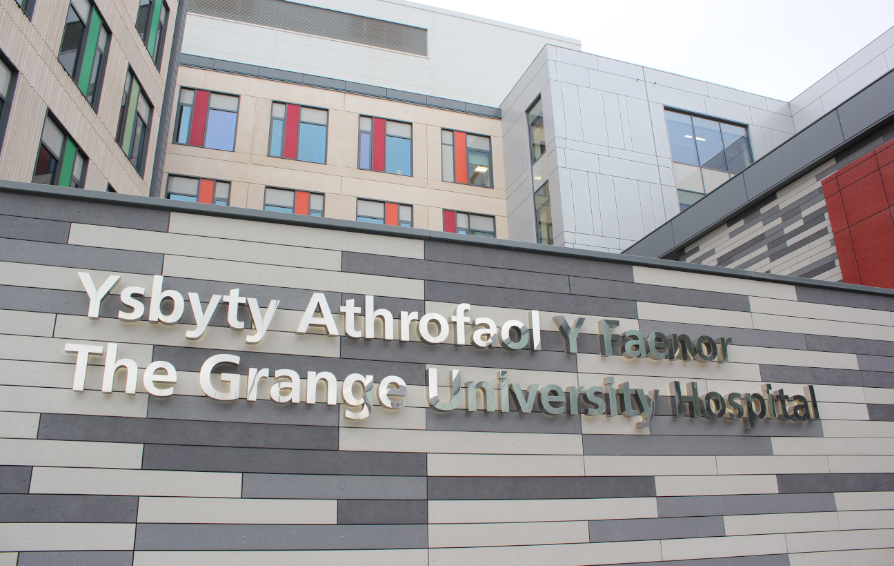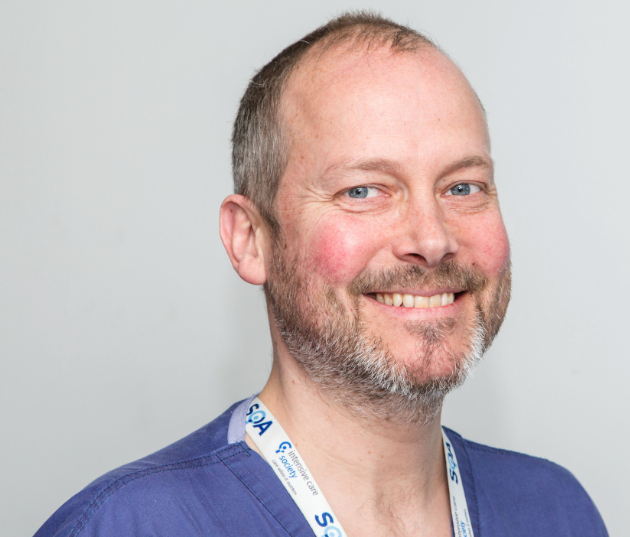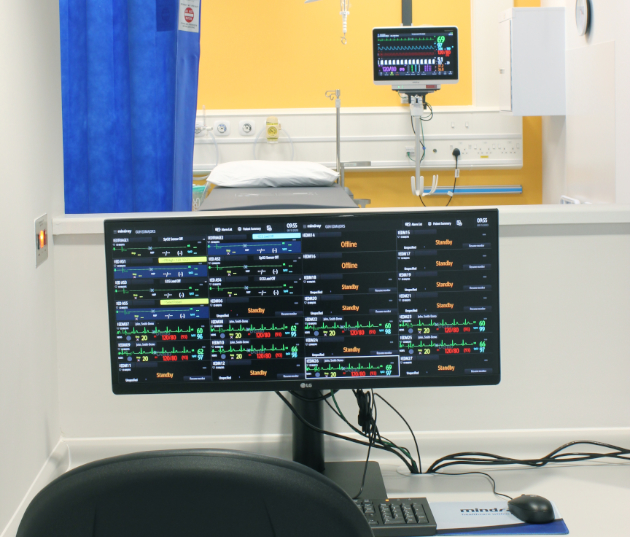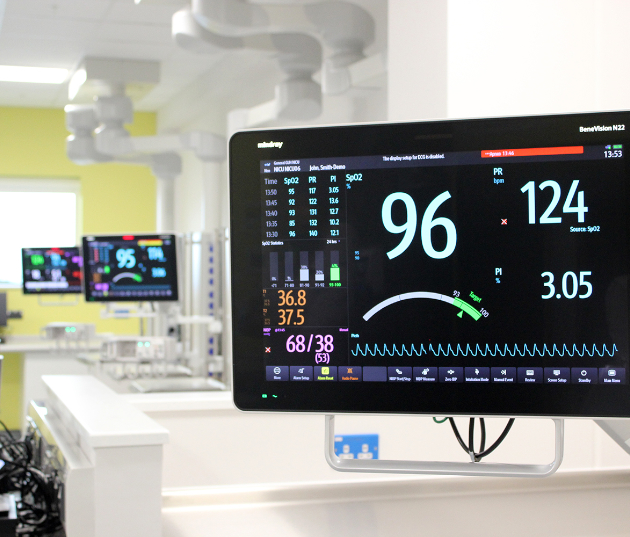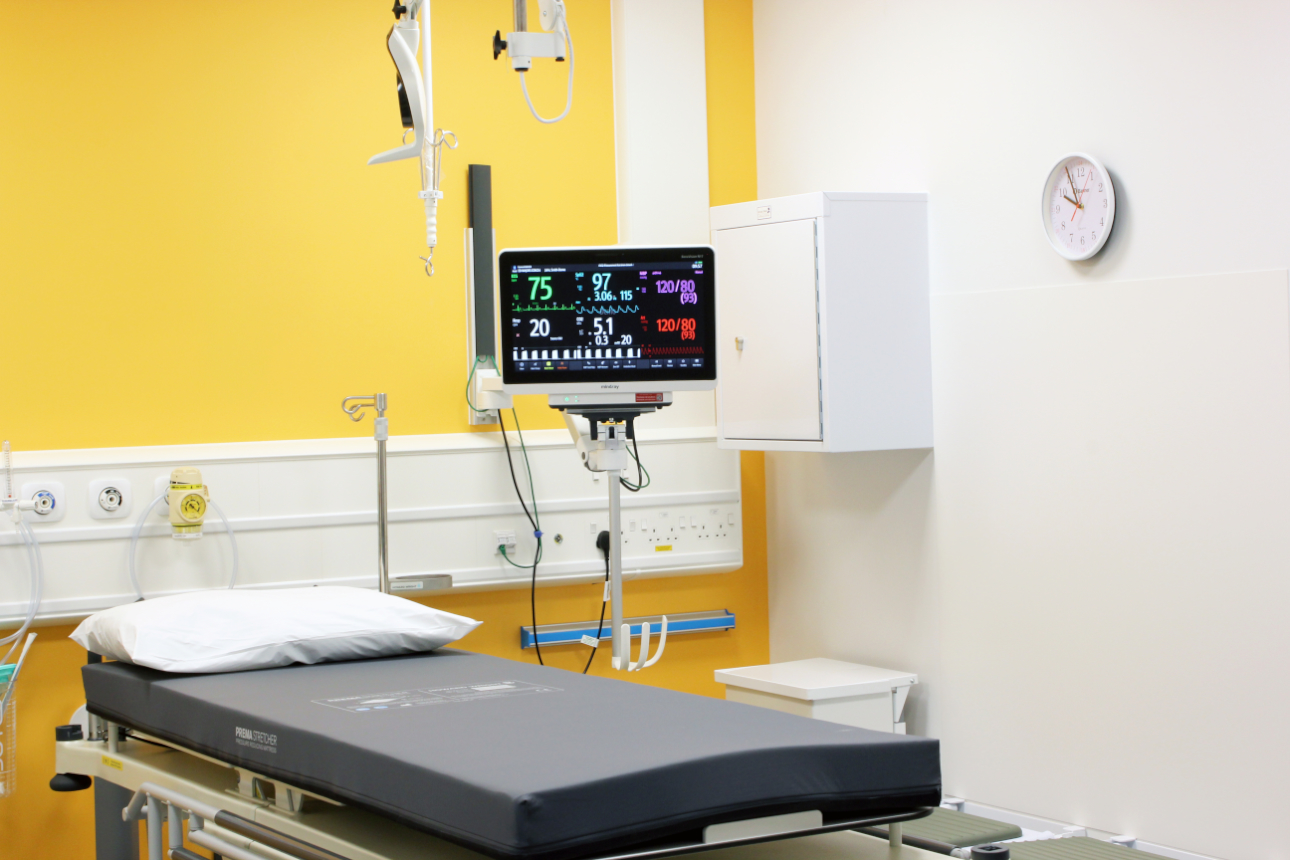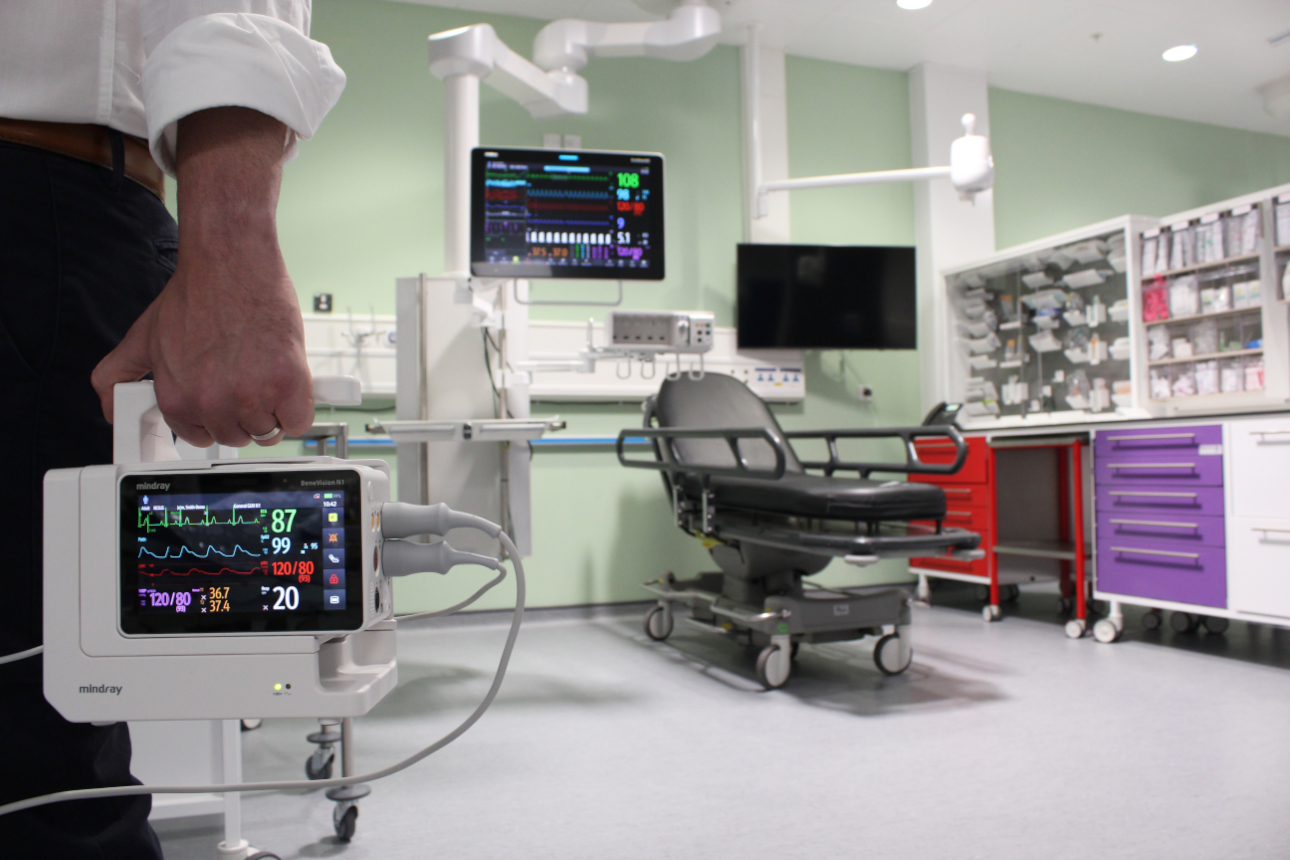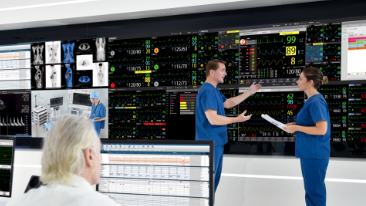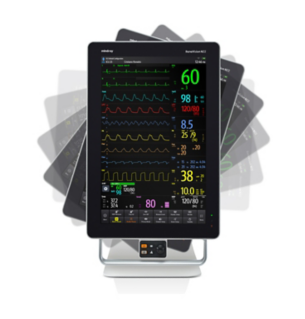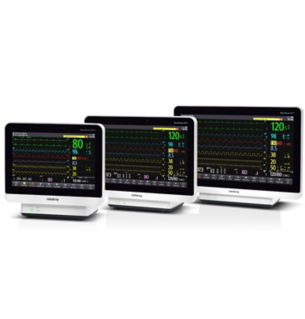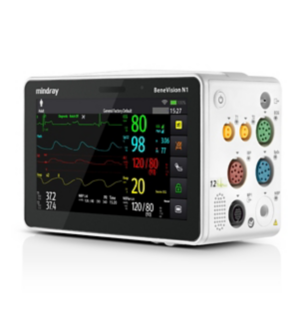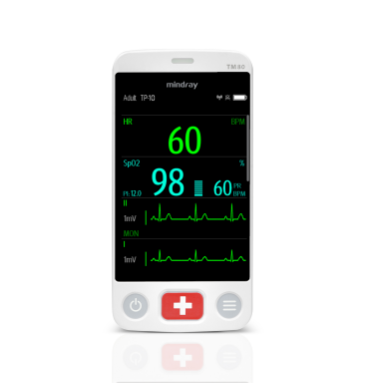The Grange University Hospital is a brand-new hospital opened by Aneurin Bevan University Health Board in November 2020. With 560 beds and a host of specialist services, the hospital functions as a centre of excellence and features a 24-hour Acute Assessment Unit, Emergency Department and Helicopter Pad. It provides a 24/7 Emergency Service for patients that need specialist and critical care.
After 13 years of planning and three years of construction, The Grange University Hospital had to open a whole 12 months ahead of schedule due to COVID-19 pressures. In an impressive feat of construction, the completion of the new Grange University Hospital was advanced at pace to provide much-needed extra ICU capacity to cope with a surge of critically ill patients during the second wave of the COVID-19 pandemic. The new timescales meant that all monitoring solutions had to be installed in just six weeks.
A challenging start to the pandemic
The hospital made it a priority to get into the new site as quickly as possible. “Having been through the first COVID-19 wave, we knew that a lot of our problems would be solved by being on one site, the building was in progress and it was due to be officially opened in March/ April 2021, so we prioritised finishing this as a matter of urgency and it was ready to move into by November 2020. The developer pulled out all the stops to complete the hospital as quickly as possible.” Said Dr. David Hepburn.
It was important that the final project was finished but not "rushed" – everything had to be future proofed, including the patient monitoring technologies. These needed to provide accurate data for clinical decision-making and ensure patient safety, both during the COVID crisis and beyond, while also meeting future digital objectives. They had to be able to support advanced applications using artificial intelligence, and, as part of the vision for a paperless hospital, be able to offer automated vital signs capture, as well as being capable of facilitating potential new concepts of healthcare delivery, in the future.
A connected, future-proof IT system
Using Mindray’s M-Connect IT solution for total connectivity, the Grange University Hospital has the capacity to link its medical devices to its Electronic Patient Record (EPR) and clinical informatics systems. It will be the first to trial the system in Wales and if successful, will see the EPR integration rolled out to other sites. The integration is scheduled for mid-2021 and has enabled the hospital to go fully paperless, saving time and money spent on manual processes across the entire hospital.
Paperless working can be achieved through the EPR integration provided by M-Connect’s eGateway solution. eGateway acts as a bi-directional communication bridge between Mindray medical devices and hospital informatics systems. The hospital’s future plans for Big Data collection and research are also made possible through M-Connect’s CMS server with Fast Healthcare Interoperability Resources (FHIR) interface.
Comprehensive solution within 6 weeks’ time
A comprehensive monitoring portfolio
With COVID pressures quickly escalating, the roll-out of the monitoring technology required a fast response. Mindray supplied, installed and commissioned hundreds of patient monitors, as well as the connectivity systems required, in just six weeks – a significant undertaking. The installation included the BeneVision TM80 wearable telemetry devices for ambulatory monitoring, BeneVision N1 patient monitors, which can plug into Mindray’s larger BeneVision N12, N15 and N17 high acuity bedside monitors, as well as the BeneVision N22 monitor, which is designed to allow the screen to be adapted from portrait to landscape format.
A connected and scalable data integration system
The BeneVision Series patient monitors provide seamless integration with other bedside devices, such as ventilators, anaesthesia systems, and infusion pumps, through the BeneLink module, while Mindray’s central monitoring server enable the distribution of data between the bedside monitors and workstations. The eGateway will provide connectivity and integration into the hospital’s electronic patient record (EPR) system, as the Grange transitions to paperless workflows.
The solution now provides continuous patient monitoring from admission to discharge, including during transport. With the Mindray system, the monitor can follow the patient throughout their care journey, enabling better patient care and the hospital’s paperless target.
Clinical Assistive Applications (CAAs)
The quality of the data is extremely important. The patient monitors from Mindray feature CrozFusion technology, which combines and analyses SpO2 waveforms and ECG to help reduce false arrhythmia alarm notifications and increase the accuracy of heart rate and pulse rate.
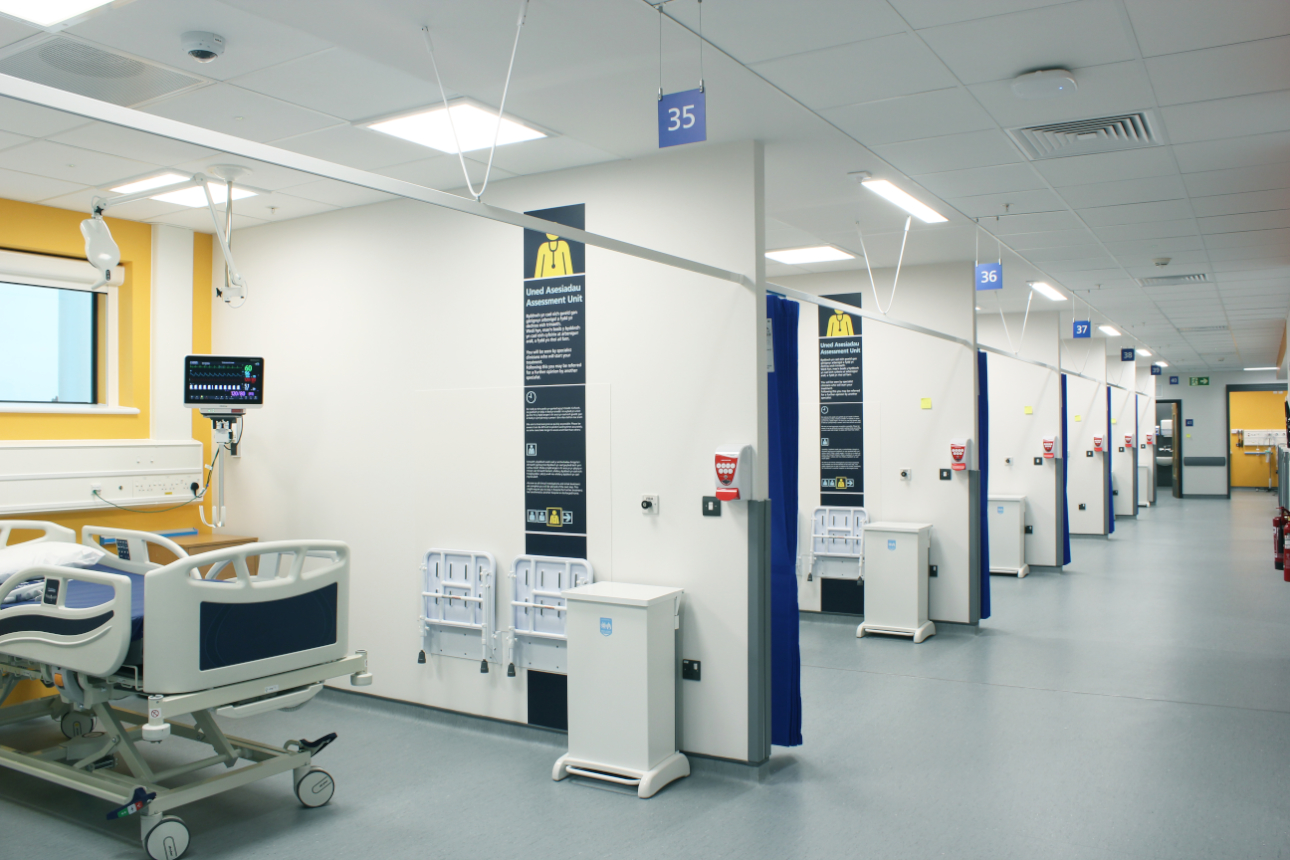
Proven benefits to the hospital
Mindray supplied hundreds of patient monitors and accompanying solutions in under six weeks, allowing the hospital to open its doors to COVID-19 patients a year earlier than planned. With patients monitored continuously, even during transfer, caregivers can view holistic and real-time data from the entire healthcare journey, enabling an uninterrupted visibility of patient data, providing the essential foundation to a future paperless target.
In addition, caregivers at the hospital are impressed with the reliability of the monitoring data, with CAAs like CrozFusion™ allowing them to make confident clinical decisions and use the data in their research. With M-Connect allowing EPR integration and large-scale data management, clinicians at The Grange are looking ahead to AI analysis and other exciting digital objectives.
The future ICU
Despite challenging timescales and the size of the project, Mindray’s products and services have helped Wales’ very first super critical care centre open 12 months ahead of schedule. From the precision bedside parameters to the total connectivity solutions, Mindray’s patient monitoring portfolio will play a key role in The Grange’s cutting-edge medical research and future paperless target, while our service team will continue to ensure the efficiency of the hospital’s systems for many years to come. Mindray is proud to be a part of such a flagship project for Wales and looks forward to supporting The Grange to achieve all its healthcare goals.
In the future, big data and patient monitoring technologies could also pave the way for new models of care. The systems installed at the Grange have the functionality to provide the foundations for increased remote monitoring of patients, to enable greater oversight of care across healthcare boundaries by experienced consultants. The "Tele-ICU" is an area of research currently being explored by Professor Szakmany.
“In the future, there is the potential to cover a number of ICUs remotely. There could be one consultant coming on to their shift at night, covering five smaller units, with central access to the patient data and cameras by the beds. This could enable a consultant located in a time zone where it is day, to oversee a shift at a location where is night. This could reduce fatigue and make better use of limited resources and skill sets,” says Dr. Hepburn.
“Intensive care is a very data driven specialty. A lot of the decision making is based on huge data sets. To have this data at your fingertips will enable this decision making and facilitate new models of working in the future. It will make the job much more sustainable. There are lots of interesting possibilities,” Dr. Hepburn concluded.
